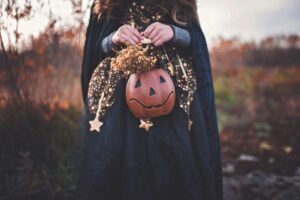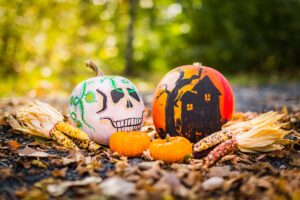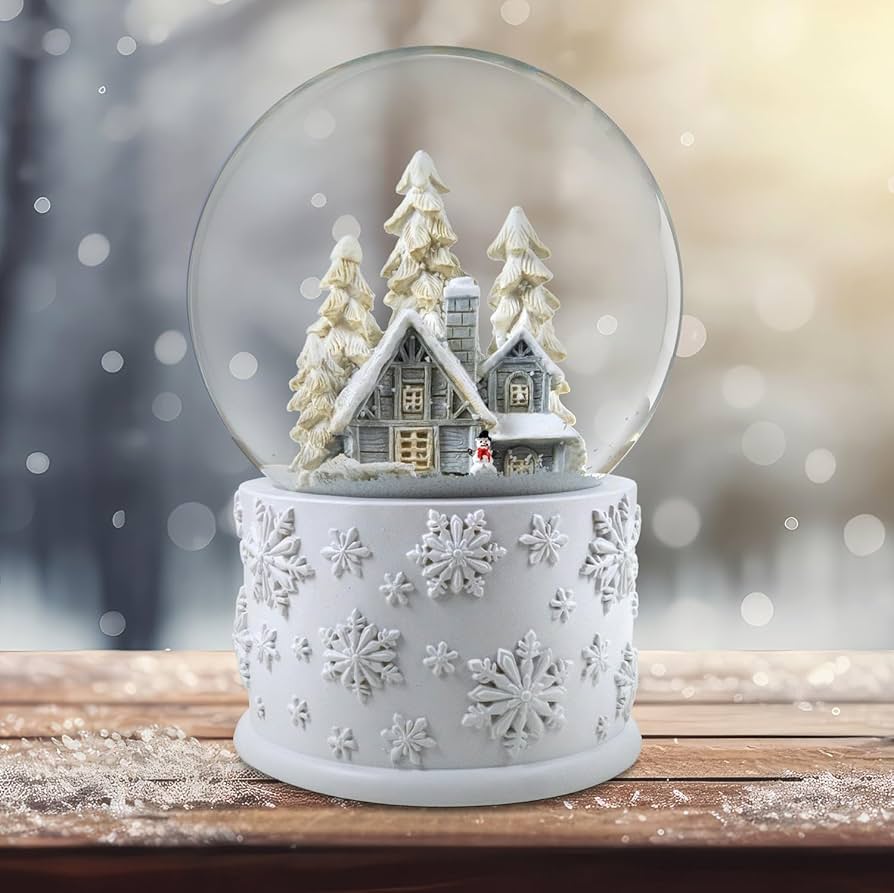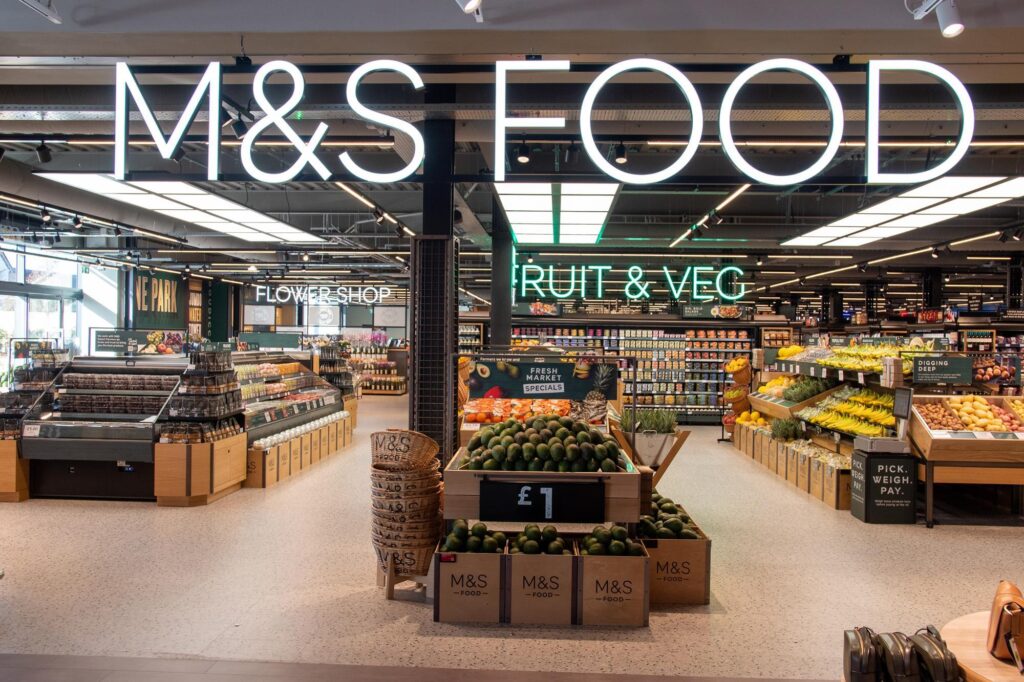Is classification a trick or treat this Halloween?
Topics

Classifying Halloween products can inadvertently cause a few scary frights. Largely down to the fact that the definition of what is considered a ‘long standing traditional’ article associated with Halloween is difficult to pin down. There’s no ambiguity over many of the obvious products we all usually associate with Halloween, such as bats, spiders, ghosts, Jack – O – Lanterns, pumpkins and monsters, but customs classification—particularly in the EU—follows strict criteria that can be surprisingly limiting.
Here, we take a look at what frightening products fall in and out of Halloween classification and how to avoid being spooked this year!
Demystifying festive articles for Halloween
The EU’s classification guidelines under Heading 9505 emphasises that Halloween items must be for decorative use during a specific time of year and should not have utilitarian purposes. Interestingly, the EU specifies that only “artificial Halloween pumpkins” (smiling or otherwise) are considered Halloween articles under 9505.
Other icons of Halloween—such as ghosts or witches—are notably absent from this classification, leading to challenges when sorting out items that fall into this gray area.
In cases where there is a mixture of multiple designs present, with some meeting the long-standing traditional Halloween design requirements and some not, it’s important to consider which design predominates. For example, in the case of a sheet containing Halloween stickers, the dominating sticker is key to deciding whether it qualifies as a Halloween article or not. If the sheet only contains Jack-O-Lantern style carved pumpkins, it is classifiable in Heading 9505, whereas if it’s mainly made up of cats and witches’ hats then that would be classifiable as stickers of Heading 4911. If these designs were mixed, and there were more pumpkins present on the sheet than the other designs, then this remains classifiable in Heading 9505, as the essential character is pumpkins which are accepted Halloween designs.
Classification conundrums: The case of the pumpkin
In the EU, a pumpkin’s Halloween spirit isn’t in its shape alone; to be a Halloween pumpkin it must include a carved face or Halloween decorations to be classifiable as a true Halloween product. Without those characteristics, an otherwise decorative pumpkin may not qualify for Heading 9505 and might instead be classified by its material and construction.
If the product were simply an ornamental pumpkin of textile material, for example, the product would likely be classified within Heading 6702, provided that it meets the requirements of that Heading. In this case, that means that the product resembles the natural product and is made by binding, glueing or assembling various parts by fitting them into one another, or similar methods.
It always pays to be specific on the exact product details when classifying, Halloween is no exception.
Classification variances across borders
The interpretation of what makes a Halloween product distinctly part of the Halloween festivities is not universal and can vary country to country.
The US interpretation of what constitutes a Halloween article differs to the EU. This is apparent in US rulings which have classified articles depicting motifs associated with Halloween, such as witches, cats or ghosts, under Heading 9505. Such articles would not be classified in the same way for the EU
For customs classification, the essential character of Halloween is more than skin-deep—it’s all in the detail. So, before you label your spooky imports, double-check their festive credentials.
Whether you’re classifying costumes, pumpkins, or any other seasonal decoration, our expert-led customs classification solution, TariffTel helps you navigate these challenges with confidence! Get in touch to find out more.
Other Useful Resources
Adding some sparkle to Christmas classifications
Classifying Christmas products can add a bit of sparkle to anyone’s day. From costumes to Christmas tree decoration an...
How M&S Food introduced a cost-saving approach to customs controls with TariffTel
Food and drinks goods are notoriously hard to classify because of the complex nature of their make-up, extensive ingredi...
Five benefits of implementing TariffTel, according to our customers
Customs compliance is a complex arena with a multitude of regulations, tariffs, and duties that businesses must navigate...



